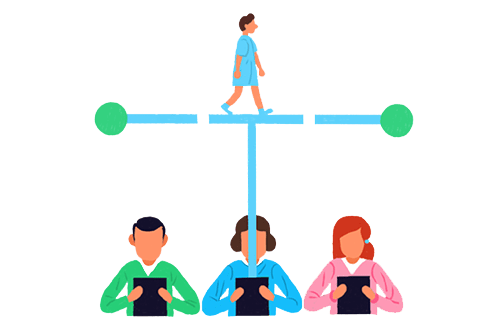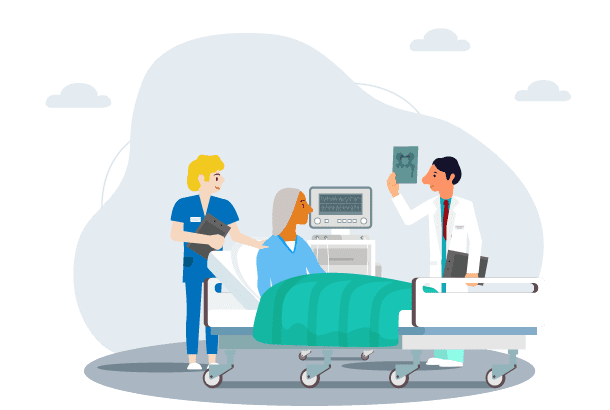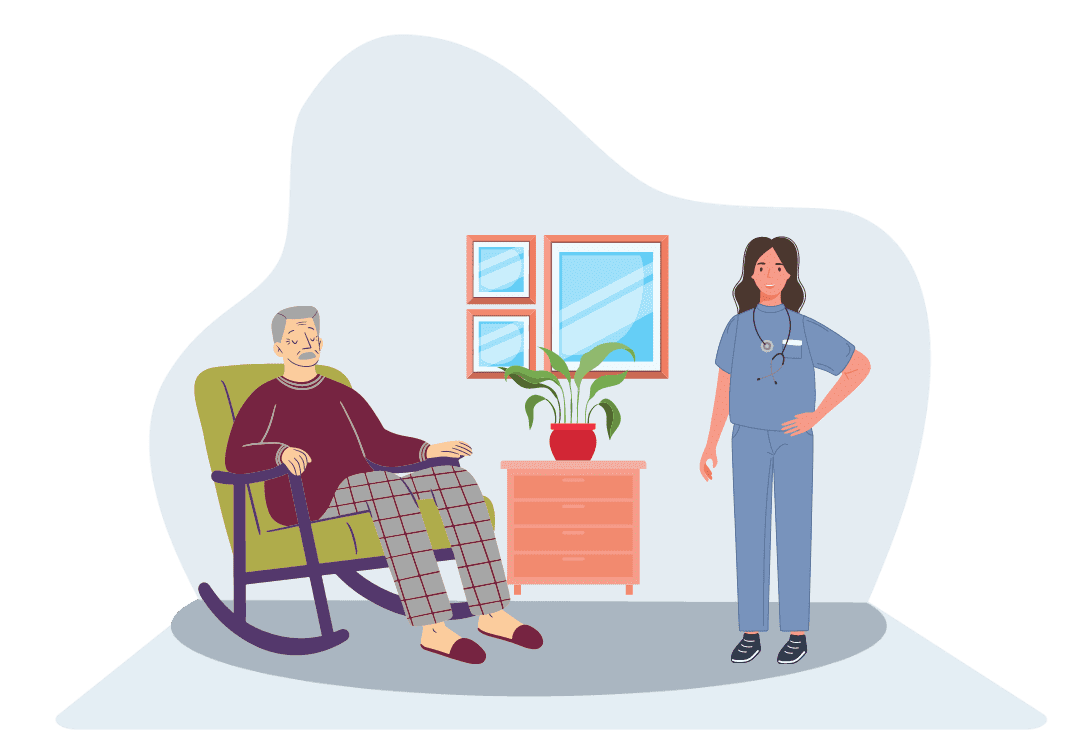Digital Transfer of Care Hubs
Using a single system to effectively triage, prioritize and process NHS e-RS referrals (and all other referrals in the system) is a game-changer for improving referral accuracy, reducing system inefficiencies, and effectively managing wait times on a prioritized basis for a large-scale referral population.
Referrals that will be better serviced in the community can be streamed to best-match services represented by a complete localized Directory of Services (DOS). ALL available services are known and considered when planning care transitions and assigning packages of care and intervention (rather than just the top 10 services known top of mind to the transition team/referrers).



